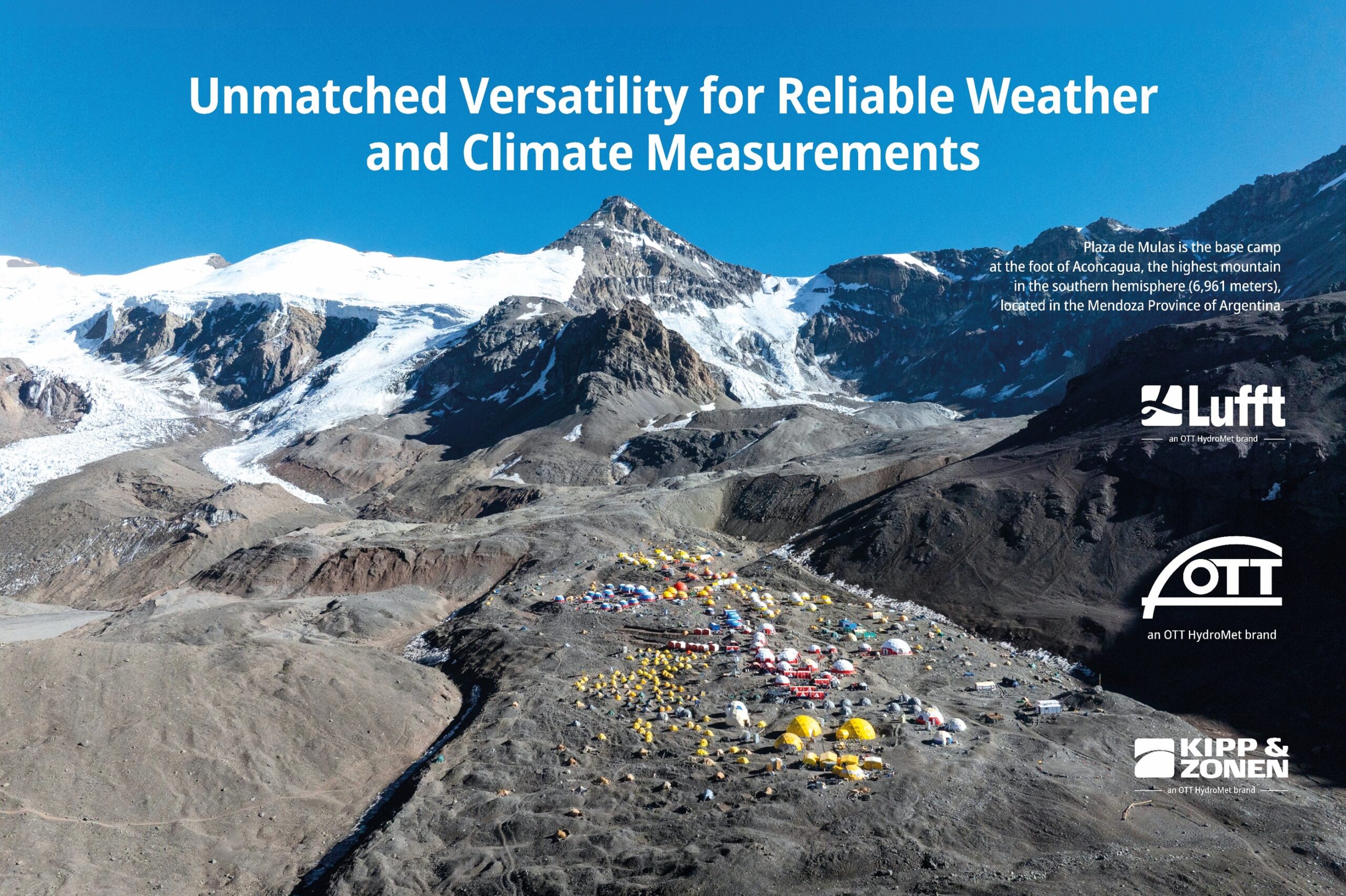The evaluation of large amounts of data plays an increasingly important role in climate monitoring. In many areas of our daily life numerous data on environmental factors have to be measured and evaluated accordingly. Modern big data systems are increasingly being used to ensure that this process can be completed within a manageable time period. But what exactly are the advantages of Big Data and what must be considered when implementing them?
The evaluation of large amounts of data plays an increasingly important role in climate monitoring. In many areas of our daily life numerous data on environmental factors have to be measured and evaluated accordingly. Modern big data systems are increasingly being used to ensure that this process can be completed within a manageable time period. But what exactly are the advantages of Big Data and what must be considered when implementing them?
What exactly does Big Data mean?
Big Data means “large” or a lot of data and generally refers to amounts of data that are too fast moving, too large or too complex for conventional data processing. In addition to the actual data, the term also covers modern technologies that can be used to collect and evaluate mass data. With regard to the amount of data, the “big” in big data represents the three dimensions of volume, speed and bandwidth. While the speed describes the amount of data generated or transferred per time, the bandwidth reflects the variety of data types and sources. The data to be processed can come from completely different sources. In environmental measurement technology, for example, sensor data and other external data sources often form the basis for the analysis.
What possibilities does the processing of big data open up in environmental monitoring?
With the help of Big Data, the collection and evaluation of environmental data can be significantly optimized. State-of-the-art data processing systems enable extremely precise recording of environmental parameters, which can then be forwarded in real time to the appropriate locations. For example, road and runway sensors can both determine whether the road is wet or icy, and monitor the road condition. If the sensors detect critical values, the intelligent technology automatically issues a corresponding alerts. In this way, safety in road and air traffic, for example, can be significantly increased. In meteorology, on the other hand, the evaluation of professional cloud and snow height sensors is an important field of work.
What other areas of application are there in environmental technology and which sectors can benefit from this?
Intelligent weather sensors such as snow height sensors are both used for weather forecasts, and ski tourism, for example. Air, rail and road traffic also benefit enormously from the provision of such data. Another working area in environmental technology is the analysis of air composition. Here, measuring instruments are used to detect the proportion of humidity or pollutants in the air. Systems of this type are used, among other things, for measuring indoor climate in private and commercial buildings.
What should be taken into account during the practical implementation?
If you want to benefit from the processing of large amounts of data in the future, you should consider a few factors in practice: Above all, the necessary technical equipment often requires large investments, which can quickly burden the budget. Furthermore, specialists in data science or personnel with similar qualifications are needed to operate the systems. Particularly when using personal data, there is a lot to be considered with regard to data protection when dealing with big data. In the past it has already been shown several times that purchased as well as apparently anonymous data can be decrypted and assigned to corresponding persons.
Conclusion
The bottom line is that the use of Big Data in environmental monitoring applications brings a whole range of advantages. Especially with regard to traffic safety, the processing of large amounts of data has enormous potential.



